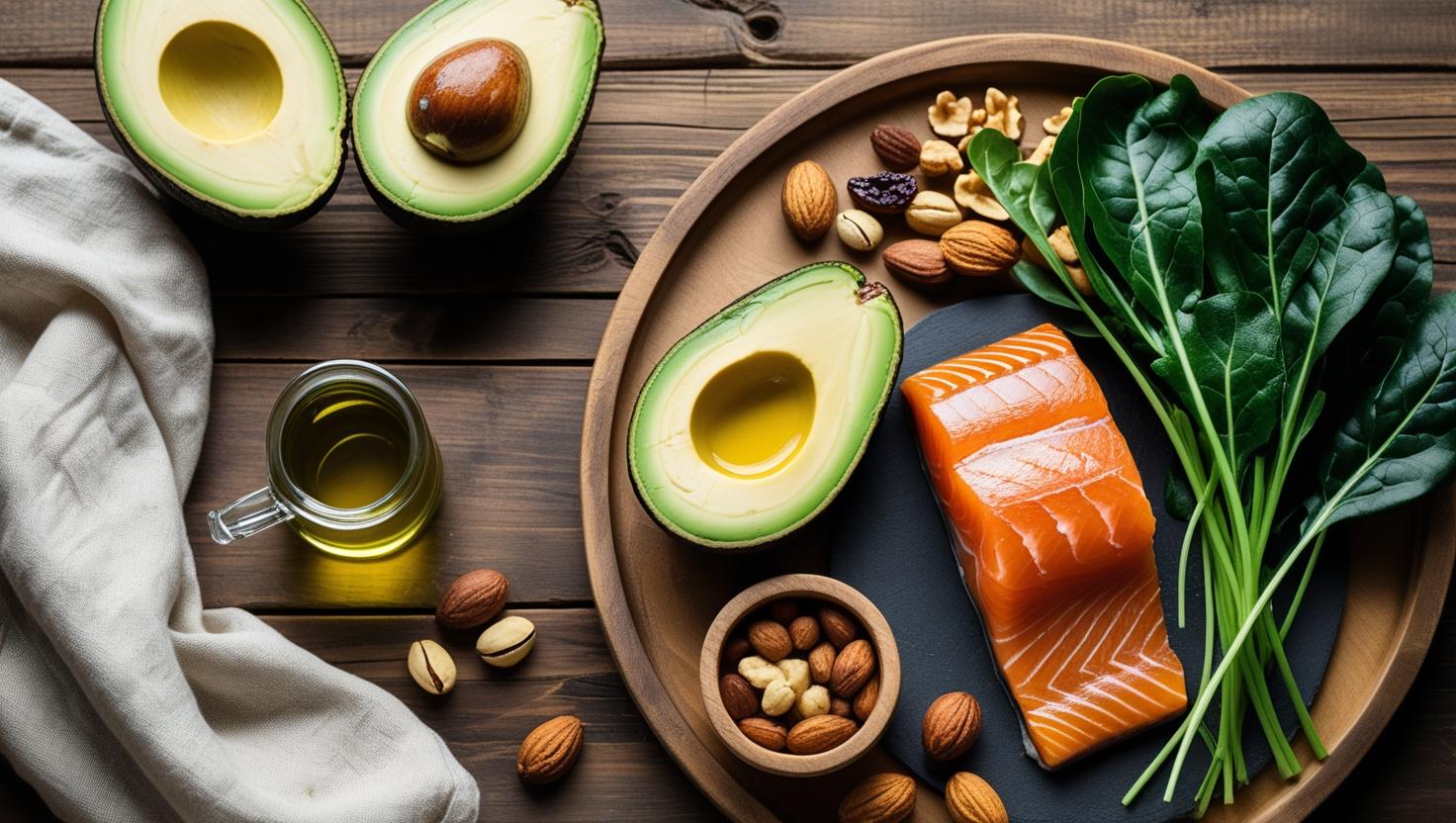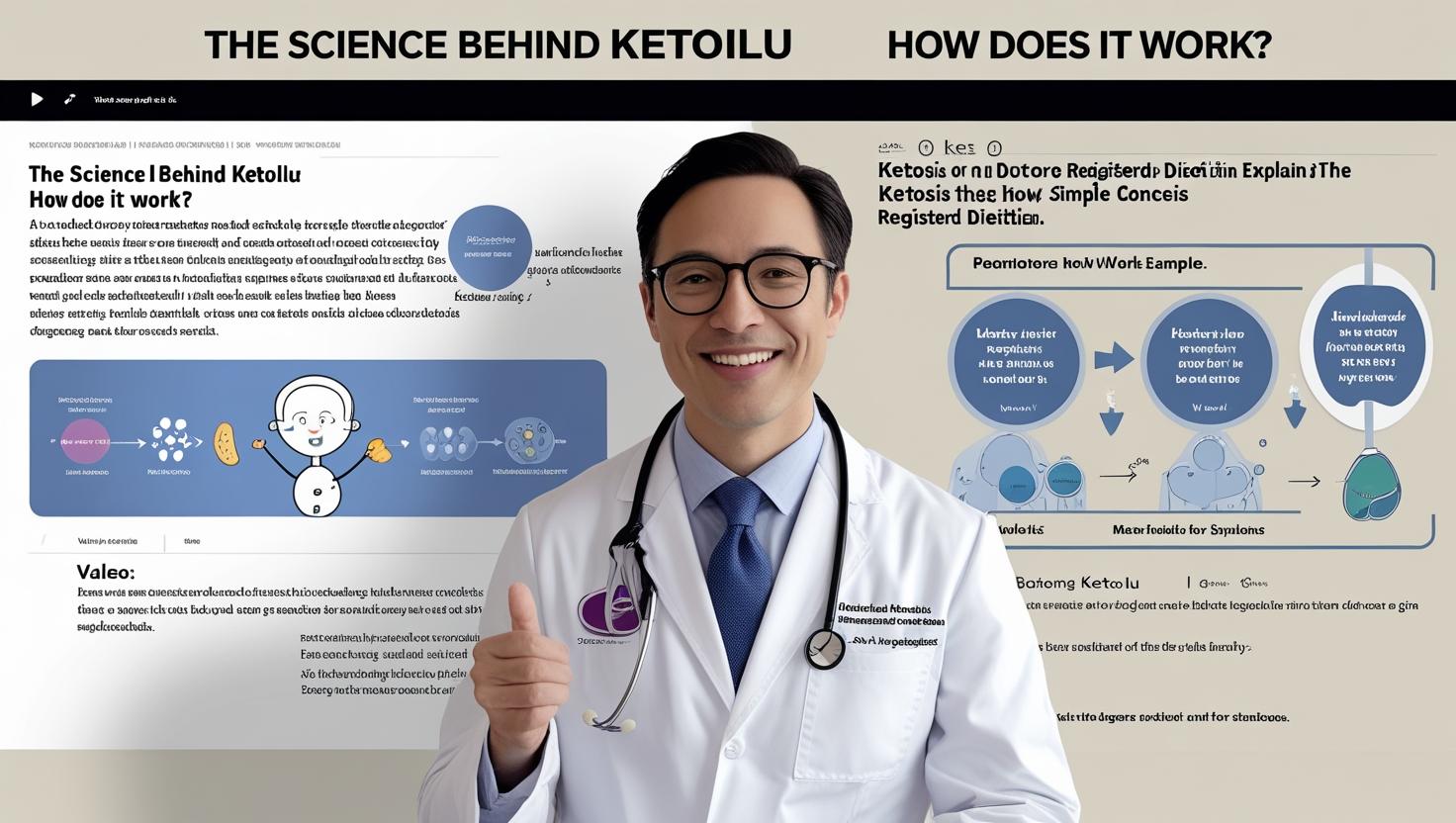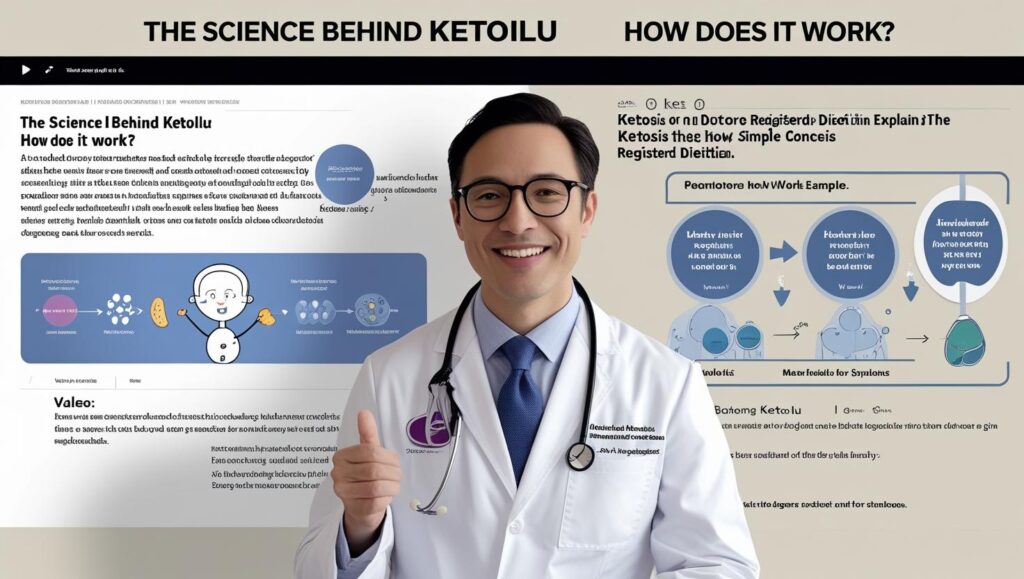Have you ever stumbled upon the term ‘ketoilu’ online and wondered what wellness secret it holds? It sounds exotic, maybe like a new Nordic superfood or a mindful practice from a remote Finnish forest. While you’re on the right track with the location, the secret it holds is one that has taken the global health community by storm.
Simply put, “ketoilu” is the Finnish word for the ketogenic diet. It’s not a different diet, but rather the Finnish embrace of a powerful metabolic lifestyle.
So, if you’ve been curious about keto but felt overwhelmed by the information out there, you’ve come to the right place. Let’s demystify ketoilu together and explore how this way of eating could unlock a new level of well-being for you.

What is Ketoilu?
Ketoilu is the Finnish term for following a ketogenic diet. It’s a very low-carbohydrate, high-fat, and moderate-protein eating plan. The primary goal of ketoilu is to shift your body into a metabolic state called ketosis, where it burns fat for fuel instead of carbohydrates. This process can lead to significant weight loss, increased energy, and other potential health benefits.
Table of Contents
- What Does “Ketoilu” Actually Mean?
- The Science Behind Ketoilu: How Does It Work?
- The Potential Health Benefits of Embracing Ketoilu
- Getting Started with Ketoilu: Your First Week
- Potential Risks and Who Should Be Cautious
- Is Ketoilu a Sustainable Lifestyle?
- Your Ketoilu Success Blueprint
- Frequently Asked Questions (FAQ)
What Does “Ketoilu” Actually Mean?
As we touched on, ketoilu is the term used in Finland to refer to the act of living a ketogenic lifestyle. It’s derived from ketoosi, the Finnish word for “ketosis.” Think of it like this: in English, we say “I’m doing keto,” while in Finland, they might say they are practicing ketoilu.
This isn’t just a linguistic fun fact; it highlights the diet’s global reach. From Los Angeles to Helsinki, people are discovering the benefits of significantly reducing their carbohydrate intake. The principles are universal, even if the name changes.
The Science Behind Ketoilu: How Does It Work?
So, what’s happening inside your body when you start a ketoilu journey? It’s a fascinating metabolic switch-up.
From Glucose to Ketones: A Metabolic Shift
Most people today run on a carbohydrate-heavy diet. Your body breaks down these carbs (like bread, pasta, and sugar) into glucose, which it then uses as its primary, easy-to-access energy source. Think of glucose as standard-grade fuel—it works, but it can cause energy spikes and crashes.
When you drastically cut carbs to under 50 grams a day (and sometimes as low as 20), you deprive your body of its usual glucose supply. After a few days, your body says, “Okay, no more easy fuel. Time for Plan B!”
Plan B involves your liver breaking down stored and dietary fats into molecules called ketones. These ketones are then released into your bloodstream and used by your cells, including your brain cells, as a new, highly efficient fuel source. This metabolic state is known as ketosis, and it’s the entire goal of ketoilu.
The Potential Health Benefits of Embracing Ketoilu
People don’t just take up ketoilu for fun; they do it for the wide range of reported benefits that can be truly life-changing.
More Than Just Weight Loss
While weight loss is a huge draw, the benefits don’t stop there. Many adherents report:
- Sustained Energy: By running on fat, you avoid the blood sugar roller coaster that causes mid-afternoon slumps. Energy levels become more stable and consistent.
- Enhanced Mental Clarity: The brain loves ketones! Many people experience a lifting of “brain fog,” leading to improved focus and cognitive function. Some research suggests this could be beneficial for neurodegenerative diseases, though more studies are needed.
- Better Blood Sugar Control: By minimizing carbohydrate intake, the ketoilu diet can have a profound impact on lowering blood sugar and insulin levels. According to the Mayo Clinic, this makes it a potentially powerful tool for managing and even reversing type 2 diabetes.
A Powerful Tool for Weight Management
The ketogenic diet shines when it comes to weight loss. It tackles fat from two angles:
- Turns You Into a Fat-Burning Machine: Your body actively uses your stored fat for energy.
- Reduces Appetite: The high-fat, moderate-protein combination is incredibly satiating. You’ll likely find yourself feeling fuller for longer, naturally reducing your overall calorie intake without feeling starved.
This dietary approach offers a distinct metabolic advantage compared to many others. While medical options are also available, as seen in impressive results like Tirzepatide for weight loss before and after, many people prefer to start with a natural, diet-based method like ketoilu.
Getting Started with Ketoilu: Your First Week
Ready to give it a try? The first week is all about adjustment. Here’s a simple breakdown.
What to Eat on a Keto Diet
Focus on whole, unprocessed foods. This simple table can be your guide:
|
Eat Plenty of… |
Eat in Moderation |
Avoid Completely |
|---|---|---|
|
Healthy Fats (avocado, olive oil, coconut oil) |
Full-Fat Dairy (cheese, cream) |
Sugar (soda, candy, juice, desserts) |
|
Meats (beef, poultry, pork, fish like salmon) |
Berries (strawberries, etc.) |
Grains (wheat, rice, corn, pasta, bread) |
|
Eggs |
Nuts and Seeds (almonds, chia) |
Legumes (beans, lentils, chickpeas) |
|
Low-Carb Vegetables (spinach, kale, broccoli) |
Low-Carb Sweeteners (stevia) |
Starchy Vegetables (potatoes, sweet potatoes) |
|
Most Fruits (apples, bananas, oranges) |

Navigating the “Keto Flu”
As your body transitions, you might experience a few days of feeling… well, a bit off. This is commonly called the “keto flu.” Symptoms can include headaches, fatigue, irritability, and nausea.
Don’t panic! As explained by experts at Healthline, this is simply your body adapting. The main cause is dehydration and an electrolyte imbalance as your body sheds water weight. To combat it, focus on drinking plenty of water and increasing your intake of electrolytes like sodium, potassium, and magnesium.
Making the switch to ketoilu can feel challenging, and some people look for extra support to ease into ketosis smoothly. If you’re looking for a way to potentially enhance your transition and support your energy levels, many people find success with a high-quality keto support supplement.
Potential Risks and Who Should Be Cautious
No diet is a perfect fit for everyone, and ketoilu is no exception. It’s a significant dietary change, and it’s essential to be aware of potential risks. These can include nutrient deficiencies if the diet isn’t well-formulated, kidney stones, and constipation.
Most importantly, as emphasized by sources like WebMD, individuals with pre-existing conditions related to the pancreas, liver, thyroid, or gallbladder should not attempt this diet without strict medical supervision. Always consult with your doctor or a registered dietitian before starting any new eating plan.
Is Ketoilu a Sustainable Lifestyle?
Can you eat this way forever? For some, the answer is a resounding yes. For others, it’s a tool they use for a specific period to achieve a health goal.
The key to long-term success is focusing on “clean keto”—prioritizing whole, nutrient-dense foods like avocados, salmon, and leafy greens—over “dirty keto,” which might technically fit the macros but relies on processed meats, oils, and artificial sweeteners.
A sustainable ketoilu lifestyle isn’t about restriction; it’s about shifting your perspective to embrace a new, delicious world of satisfying, high-fat foods that nourish your body and mind.

Your Ketoilu Success Blueprint
Want to set yourself up for victory? Follow these simple tips:
- Plan Ahead: Meal prepping is your best friend. Knowing what you’ll eat for the week prevents last-minute, carb-heavy decisions.
- Read Labels: Sugar hides everywhere! Become a detective and check the nutrition labels on everything.
- Hydrate, Hydrate, Hydrate: Drink water all day long.
- Listen to Your Body: Adjust as you go. If you feel tired, you might need more electrolytes. If you’re not losing weight, you may need to track your macros more closely.
- Find Community: Connect with others on the same journey for support and recipe ideas.
Embracing ketoilu is more than a diet; it’s a commitment to understanding your body’s metabolism and fueling it for optimal performance.
Ready to unlock a new level of energy and take control of your wellness journey? Transforming your metabolism takes commitment, but the rewards of mental clarity and vibrant health are worth it. Discover how this unique metabolic support formula could be the key to starting your ketoilu adventure with confidence.
Frequently Asked Questions (FAQ)
1. How long does it take to enter ketosis with ketoilu? It typically takes 2 to 7 days to enter a state of ketosis, depending on your body, activity level, and how strictly you adhere to the low-carbohydrate limit. Drinking plenty of water and getting some light exercise can help speed up the process.
2. Can I drink alcohol on a ketoilu diet? Yes, but with caution. Your body will prioritize metabolizing alcohol over ketones, temporarily pausing fat burning. Stick to zero-carb options like hard liquors (vodka, gin, tequila) mixed with soda water, and avoid beer, sugary cocktails, and most wines.
3. What’s the difference between ketoilu and a standard low-carb diet? The main difference is the carbohydrate limit. While a general low-carb diet might allow up to 100-150 grams of carbs per day, a true ketogenic (ketoilu) diet is much stricter, typically limiting carbs to under 50 grams, and often below 20 grams, to ensure the body enters and stays in ketosis.
4. Is ketoilu safe for everyone? No, it is not suitable for everyone. People with certain medical conditions, especially those affecting the kidneys, pancreas, or liver, should avoid it. Pregnant or breastfeeding women should also refrain from this diet. It is always essential to consult a healthcare professional before starting.
5. How much weight can I lose with ketoilu? Weight loss varies greatly from person to person. Many people experience rapid water weight loss in the first week, followed by a steadier fat loss of 1-2 pounds per week. Results depend on your starting weight, metabolic rate, consistency, and overall calorie intake.


